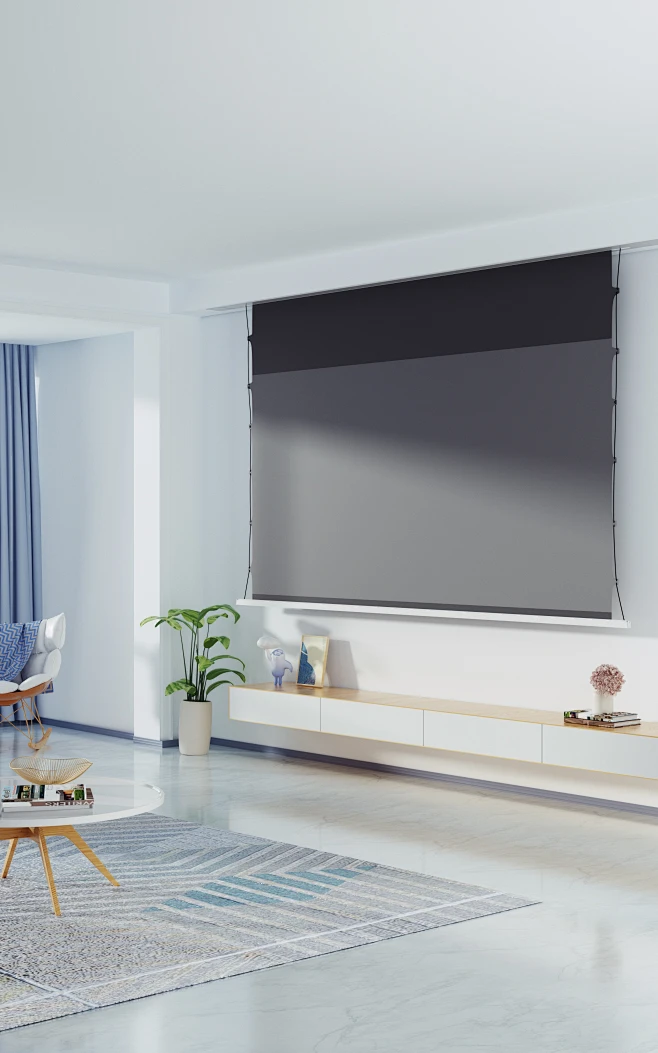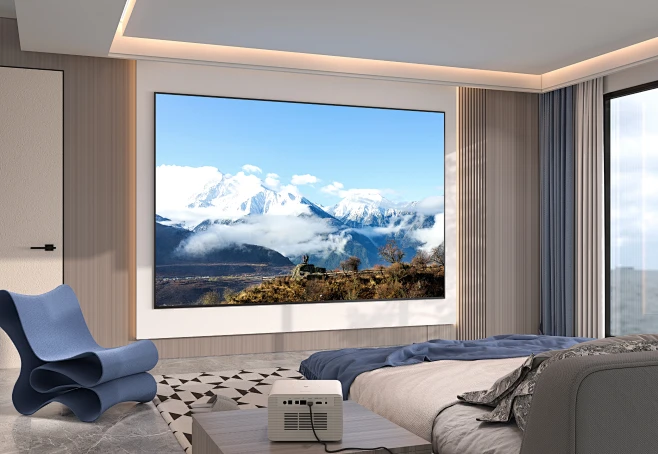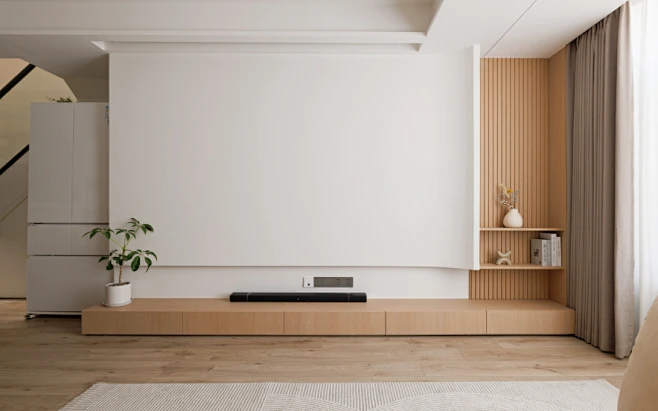
Global projection screen market hit $1.63759 billion in 2024, with a 10.26% CAGR expected through 2034 . But 67% of buyers still struggle choosing between white and gray screens . Let’s break this down.
🎯 Core Differences (2025 Updated Data)
| Feature | White Screens (e.g., Fiberglass) | Gray Screens (e.g., Fiberglass) |
| Gain Value | 1.2 (brighter center) | 0.9 (softer light) |
| Viewing Angle | >160° | >160° |
| Ambient Light Resistance | Low (needs dark rooms) | High (cuts glare 40%+) |
| Color Accuracy | D65 (6500K) via calibration | D65 (6500K) via calibration |
| Best For | Dedicated home theaters | Living rooms/open spaces |
🏠 Real-Life Scenarios
- Living Room Cinema: Mr. Li’s bright living room had washed-out whites with a white screen. Switching to a gray fiberglass screen eliminated wall-reflected glare—now he watches sports at noon .
- Home Theater Room: Sarah’s black-walled theater uses a white screen. With 3000-lumen projector, her 4K movies show vivid reds (matches Rec.709 standards ).
❓ Fun Q&A
Q: Will gray screens make white look gray?
A: No! Dim whites come from mismatched gear (e.g., 1000-lumen projector + 120” screen), not screen color . A 2500-lumen projector on gray screen shows crisp whites.
Q: Can old projectors use gray screens?
A: Yes, but boost brightness 10-15%. Epson’s 2025 100” gray screen pairs perfectly with their entry-level projectors .
💡 Final Tips
- Choose white screens if: You have dark walls, ≥2500-lumen projector, and no ambient light.
- Choose gray screens if: You use living rooms, have light-colored furniture, or watch daytime content.
- Pro tip: Add blackout curtains—cuts remaining glare by 80% !

Key Background for Purchasing Curtains in 2025
📊 Market Context
The global projection screen market reached
1.63759billionin2024,projectedtohit4.34896 billion by 2034 (10.26% CAGR) . Yet most homeowners still debate: white or gray screens?
🎯 Key Differences (Data-Driven)
| Specification | White Screens (Fiberglass) | Gray Screens (Fiberglass) |
| Light Gain | 1.2 | 0.9 |
| Viewing Angle | >160° | >160° |
| Ambient Light Rejection | Low | High (reduces haze 40%+) |
| Color Temp Standard | D65 (6500K) | D65 (6500K) |
| Ideal Environment | Dedicated theaters | Multifunctional spaces |


🏠 Scenario Examples
- Bright Living Room: A family with floor-to-ceiling windows switched to gray screen—even with curtains open, their 4K sports games stay sharp (no “foggy” effect ).
- Dark Theater: A fan’s black-carpeted room uses white screen. His 3200-lumen projector delivers cinema-like contrast for horror movies.
❓ Common Questions
Q: Do gray screens cause color distortion?
A: No! Calibrate your projector to D65 standard—both screens match movie industry color specs . A test showed gray screens hit identical RGB coordinates as white ones .
Q: Is gray better for 4K?
A: Yes, if ambient light exists. 4K’s fine details get lost on white screens with glare .
💡 Buying Advice
- White: Dark rooms + high-lumen projectors (≥2500 lumens) + dark decor.
- Gray: Living rooms + light decor + daytime viewing.
- Bonus: 67% of buyers now choose online-customized screens (fit unique wall sizes )!

